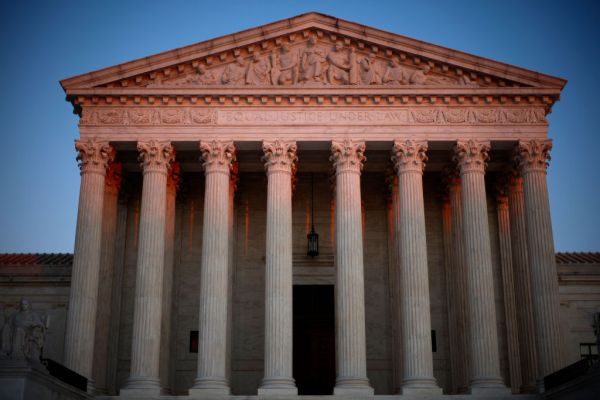The greatest essay about Roger Federer—and tennis in general—has already been written: “Federer Both Flesh and Not” by David Foster Wallace, or as it has become better known known, “Roger Federer as Religious Experience.” Wallace details what makes watching Federer play such a fascinating experience, and how he does things with a tennis ball that no one else, not even rivals Rafael Nadal or Novak Djokovic, is capable of. Wallace coined the term “Federer Moments” to refer to the groundstrokes, the footwork, the serves, everything Federer did on a court that would come together into something jaw-droppingly beautiful and impossible. Now, after a decade plus of experts predicting it, these Moments are coming to an end. Federer is retiring.
After 24 years on tour, more than 1,500 matches, and multiple knee surgeries, Federer’s decision to leave professional tennis is no real surprise. At 41, he is well past his prime and having already won everything of note there is to win in the game—and multiple times at that—Federer has little reason to try to stick it out any longer. One could write a lengthy piece only focusing on everything he accomplished on the court—including 103 total titles and 20 grand slams—but that would miss so much of what made Federer such an important figure in tennis history. It was never just about how much Federer accomplished, it was how he accomplished it—with style and grace, both on and off the court, and with a brand of tennis that elevated the entire sport.
Federer’s baseline, all-court style influenced every player who came after him. He is, in many ways, responsible for the current state of tennis: While for years experts promised the future of the game was giants with big serves, the rising generation of top players are Federer in miniature. So it’s fitting that Federer announced his retirement only a few days after 19-year-old Spanish wunderkind Carlos Alcaraz won the U.S. Open and reached number one in the rankings. The tennis world has been waiting for a true superstar successor to Federer—and to an extent, Nadal and Djokovic—and Alcaraz is the first young player to truly break away from the pack. Others have won grand slams, and Daniil Medvedev even got the No. 1 ranking. But Alcaraz brings the same sense of wonder and fun to the game that Federer once did. His groundstrokes are silky smooth, his athleticism is otherworldly, his game as a whole is comprised of the sort of stuff that makes you think perhaps in a few years some writer might try his hand at writing about Alcaraz Moments.
For a stretch of about five years in the mid-2000s, Federer played a level of tennis unheard of before and unlikely to come around again. He didn’t beat opponents. He baffled them. Federer mixed old school elegance with modern athleticism, and other players during Federer’s prime were content to sit back and watch. As Jonas Bjorkman put it when Federer beat him 6-2, 6-0, 6-2 in the semifinals of the 2006 Wimbledon Championships: “I had the best seat in the house.”
Even once Federer’s unbelievable run from 2003 to 2009 came to an end, he still produced moments of greatness. As he declined, Djokovic and Nadal ascended. But Federer was always around, pushing his much younger foes to their limits, and occasionally returning to the level of play he once enjoyed. While grand slams became less frequent, he still brought home big trophies. At 36, he once again became the No. 1 player in the world, the oldest to ever hold the ranking. And he still amazed fans with shots that seem to defy the laws of physics, his gentlemanly sportsmanship, and his genuine love for the game and his fans. There’s a reason Federer won the ATP Fans’ Favorite Award 19 consecutive times.
Federer will say goodbye to professional tennis at the Laver Cup next week. It’s a fitting farewell: Federer founded the tournament to honor the greats of generations past while creating international camaraderie in an otherwise individual sport as the best players from Europe compete against the best players from the rest of the world. Named for Rod Laver and with Bjorn Borg and John McEnroe coaching Team Europe and Team World respectively, it’s been a beautiful way to bring the past and present of tennis together. What better place for Federer to transition from being the present of tennis to being the past?
Wallace did the best any writer could in capturing what it was like to fall under the spell of Federer’s game. But there’s little fun to be had in reading descriptions of incredible feats of athleticism. It’s like someone telling you about an experience that was just oh-so funny. You had to see it yourself. Next weekend, we’ll have one last chance.







Please note that we at The Dispatch hold ourselves, our work, and our commenters to a higher standard than other places on the internet. We welcome comments that foster genuine debate or discussion—including comments critical of us or our work—but responses that include ad hominem attacks on fellow Dispatch members or are intended to stoke fear and anger may be moderated.
With your membership, you only have the ability to comment on The Morning Dispatch articles. Consider upgrading to join the conversation everywhere.